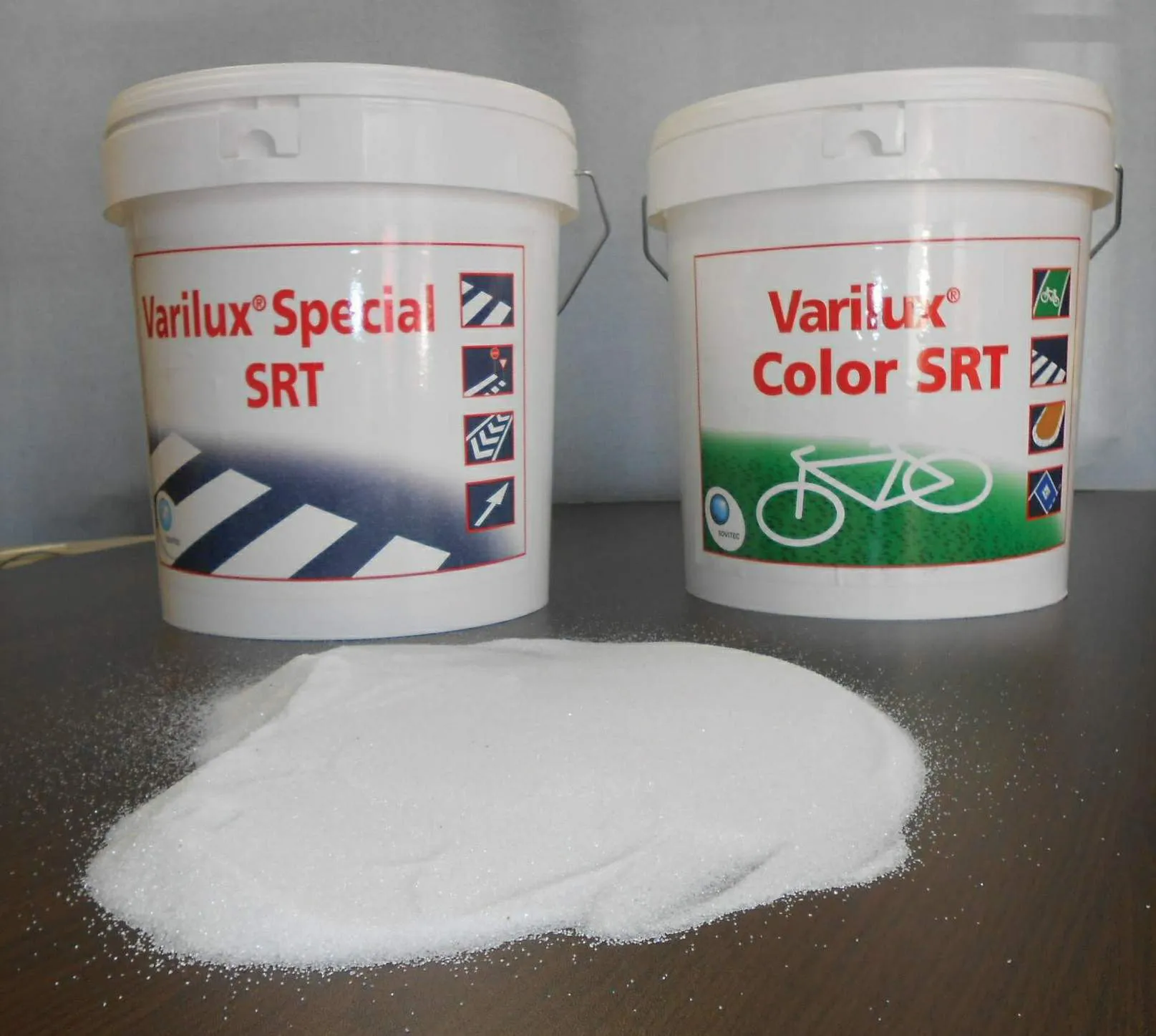Nearly every traffic accident caused by driver error – up to 90 per cent of all crashes – could be eliminated if existing intelligent transportation technologies were implemented in vehicles and on roads, say experts at IEEE, the world's largest technical professional association. These include electronics and computing technologies such as in-vehicle machine vision and sensors to detect drowsy drivers, lane departure warning systems, and vehicle-to-vehicle and vehicle-to-infrastructure communications for s
April 27, 2012
Read time: 3 mins
Nearly every traffic accident caused by driver error – up to 90 per cent of all crashes – could be eliminated if existing intelligent transportation technologies were implemented in vehicles and on roads, say experts at 5328 IEEE, the world's largest technical professional association. These include electronics and computing technologies such as in-vehicle machine vision and sensors to detect drowsy drivers, lane departure warning systems, and vehicle-to-vehicle and vehicle-to-infrastructure communications for safety applications. However, costs of such technologies need to continue to fall so the average consumer can afford these vehicle safety features.
"Today's advanced embedded systems, sensors, microprocessors and control technologies have made our vehicles and roads significantly safer, but integrating them into our vehicles and roads has been a slow process," said Dr. Azim Eskandarian, IEEE member and director of the Center for Intelligent Systems Research at The George Washington University. "However, within 10 years, as technology costs continue to fall and implementation of these technologies increases, we could see significant improvements in vehicle safety, efficiency, and energy conservation, especially in developing parts of the world where high-end cars are not yet affordable by the general public."
Dr. Eskandarian says other challenges include market acceptance and potential liability concerns surrounding technologies that take total or partial control of the vehicle, such as collision avoidance and driver assistance programs like automatic braking. However, these technologies may follow the path of driver- and passenger-side airbags and anti-lock braking systems (ABS) or electronic stability control (ESC), initially offered as optional features but today considered proven and often standard safety measures in nearly all vehicles.
Advanced research on safety technologies is going far beyond individual vehicles. For example, Teruo Higashino, IEEE senior member and professor of information networking at3434 Osaka University in Japan, has focused recently on applying wireless networking technology for vehicle-to-vehicle communication to help detect dangerous vehicles on the road – such as a car approaching a blind intersection – and warn nearby drivers, helping dramatically reduce accidents. Many of these ground-breaking innovations, including vehicle-to-vehicle communication, were discussed at the recently held IEEE 3278 ITS Conference in Washington D.C.
Dr. Alberto Broggi, President of the IEEE Intelligent Transportation Systems Society and professor at the Universita di Parma in Italy, says intelligent transportation technologies on the horizon, including autonomously-driven vehicles, will forever change our concept of car use. Broggi recently coordinated the successful 13,000 kilometre journey of a driverless van from Italy to China. "These types of self-driven vehicles will be ready for use in non-urban environments within five to eight years," said Broggi. "The same technology will also apply to agricultural equipment, including self-driven tractors and combines that will maximize land use, increase crop output and decrease injuries."
"Today's advanced embedded systems, sensors, microprocessors and control technologies have made our vehicles and roads significantly safer, but integrating them into our vehicles and roads has been a slow process," said Dr. Azim Eskandarian, IEEE member and director of the Center for Intelligent Systems Research at The George Washington University. "However, within 10 years, as technology costs continue to fall and implementation of these technologies increases, we could see significant improvements in vehicle safety, efficiency, and energy conservation, especially in developing parts of the world where high-end cars are not yet affordable by the general public."
Dr. Eskandarian says other challenges include market acceptance and potential liability concerns surrounding technologies that take total or partial control of the vehicle, such as collision avoidance and driver assistance programs like automatic braking. However, these technologies may follow the path of driver- and passenger-side airbags and anti-lock braking systems (ABS) or electronic stability control (ESC), initially offered as optional features but today considered proven and often standard safety measures in nearly all vehicles.
Advanced research on safety technologies is going far beyond individual vehicles. For example, Teruo Higashino, IEEE senior member and professor of information networking at
Dr. Alberto Broggi, President of the IEEE Intelligent Transportation Systems Society and professor at the Universita di Parma in Italy, says intelligent transportation technologies on the horizon, including autonomously-driven vehicles, will forever change our concept of car use. Broggi recently coordinated the successful 13,000 kilometre journey of a driverless van from Italy to China. "These types of self-driven vehicles will be ready for use in non-urban environments within five to eight years," said Broggi. "The same technology will also apply to agricultural equipment, including self-driven tractors and combines that will maximize land use, increase crop output and decrease injuries."








